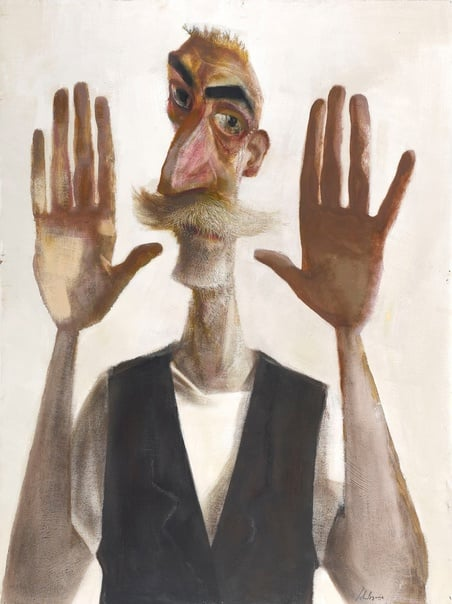This article originally appeared in The Skeptic, Volume 2, Issue 6, from 1988.
The first claim made by supporters of this myth is that a tablet with a curse inscribed on it was found in Tutankhamen’s tomb. It is supposed to have said: ‘Death will slay with his wings whoever disturbs the rest of the Pharaoh’, or similar depending upon the source.
The tablet has since vanished, they tell us.
But in reality there is no evidence that such a tablet ever existed.
As in any archaeological dig all items found in the tomb were carefully noted and documented. No mention of such a tablet is made.
Or are the archaeologists guilty of a cover-up?
Of the twenty-two people on the list we know the ages at death of eleven and the years in which another three were known to be alive. On average the eleven lived to at least 72, and all fourteen survived with a curse over their heads for almost twenty-five years each.
The shortest and longest survival rates were, ironically, for two of the people present at the initial break-in of the tomb. Lord Carnarvon survived for only four months; his daughter, Lady Evelyn Herbert for fifty-eight years. She died in 1980, at the age of 79. The average survival rate of the twenty-two main participants was 20.9 years.
As Randi wrote, ‘Perhaps we have here a beneficent curse that “inhibits” the Grim Reaper’.
But was there a curse in the first place? Not according to Carol Andrews, an Egyptologist from the British Museum, who said on LBC Radio in July 1988 that the idea of a curse probably dates from a Victorian novelist—Marie Corelli—who wrote ‘No good will come of disturbing Pharaoh’s bones… ’.
But more directly, Andrews said that the Egyptians didn’t write curses in their tombs; she confirmed that no such curse was found in Tutankhamen’s tomb and that Egyptologists wouldn’t have expected to find one. She explained that the only curses made by the Egyptians were not against grave robbers but against anyone disturbing their funerary offerings of food and drink which were placed daily in chapels for their spirits to consume.


